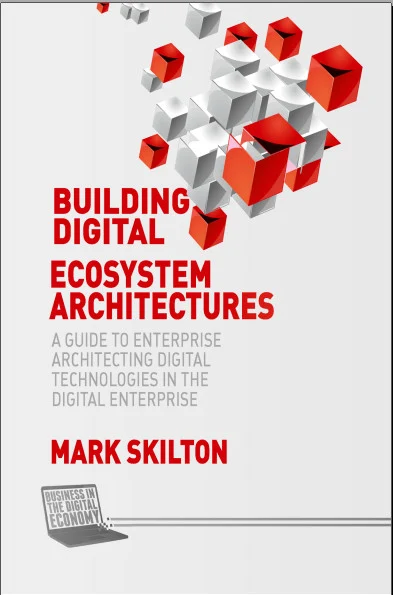Download Building Digital Ecosystem Architectures_ A Guide to Enterprise Architecting Digital Technologies in the Digital Enterprise Easily In PDF Format For Free.
PREFACE:
Over the past century, technology – primarily in the form of computing systems – has evolved at a pace never before seen in human history.
These changes have not only made life simpler for most people, but have also brought great convenience and immediacy to everyday activities.
One need only to consider our new-found dependence on smartphones – devices that barely existed before the iPhone was introduced less than ten years ago in 2007 – to realize just how rapidly technology is changing our lives.
The new digital landscape has also pervaded nearly every system and organization across the globe.
Despite the simplicity digitalization has brought to business processes and structures, the technology systems themselves have become increasingly complex over time.
This is particularly true in large enterprises, which now require entire buildings placed strategically across globe to maintain the company “infrastructure.
”In a recent conference on the future of business technology, the consensus was that if you want to build the future of a connected society then you need “to think diff erently,” you need to adopt a “new mind set.
” Why is this required with the internet that emerged into the social networks and enterprise architecture in the last decade of the twenty century but is now such a major disruption well into the second decade of the 21st century?
This is the “digitization” eff ect that is a current theme in the modern business landscape, which is seeing signifi cant economic and business models change as a result of digitization.
While the digital economy is still reportedly seen as only 6 percent to 11 percent of GDP in terms of e-commerce transactions, market survey trends point to 30 percent to 40 percent of revenue growth from digital channels alone across local and global marketplaces.
Driven by massive mobile and social media growth rates taking hold in society, the emerging digital behavior is shifting to even larger rates of 60 percent to 70 percent in terms of movement of business processes and data into digital product and services and new digital operating models.


Comments
Post a Comment